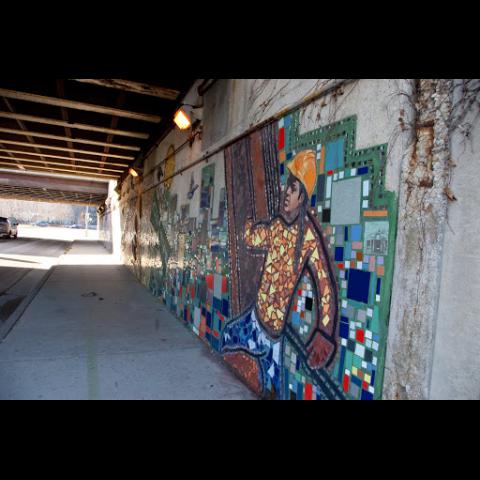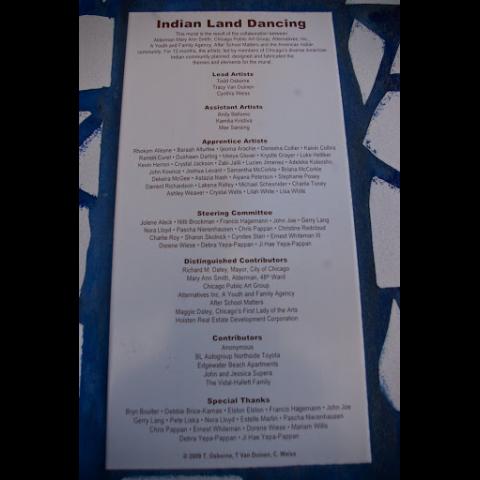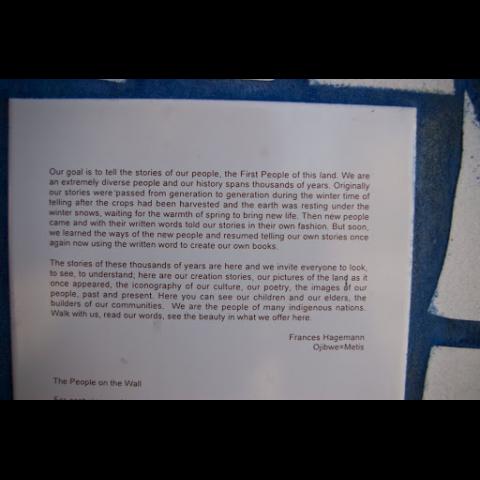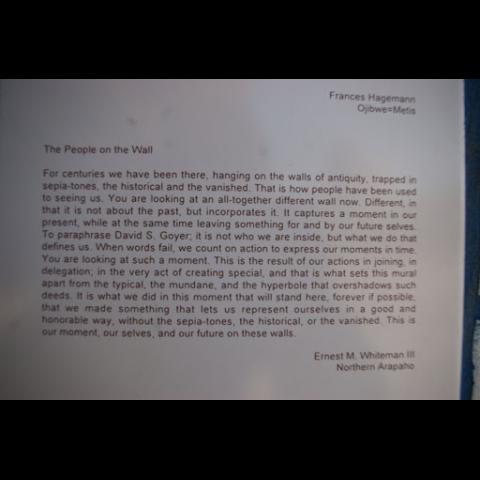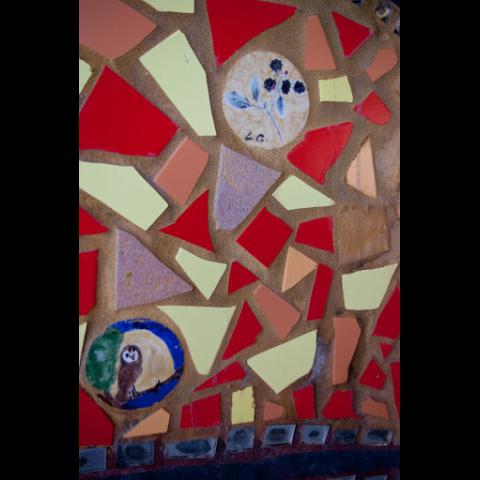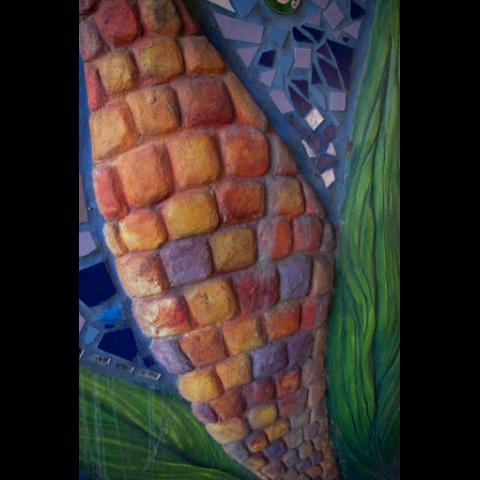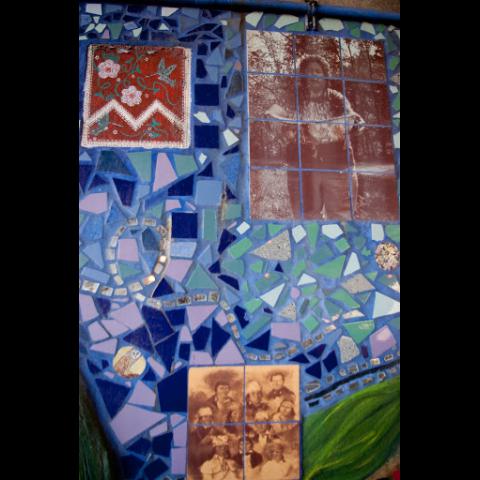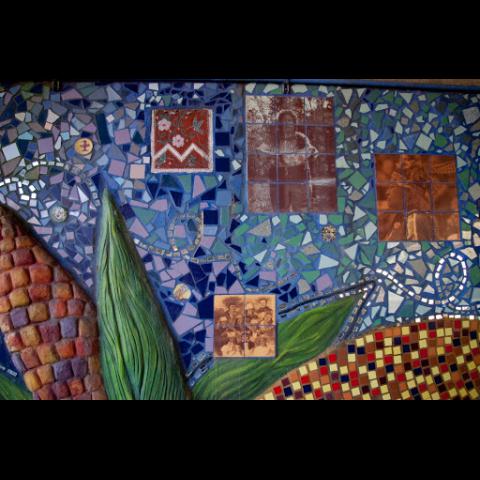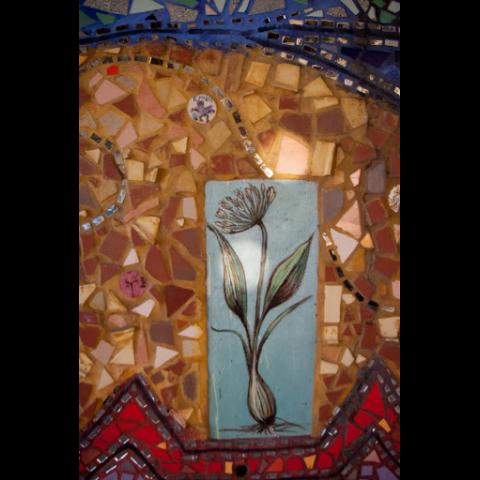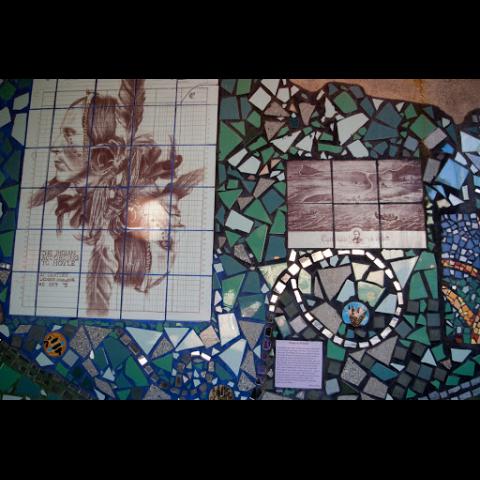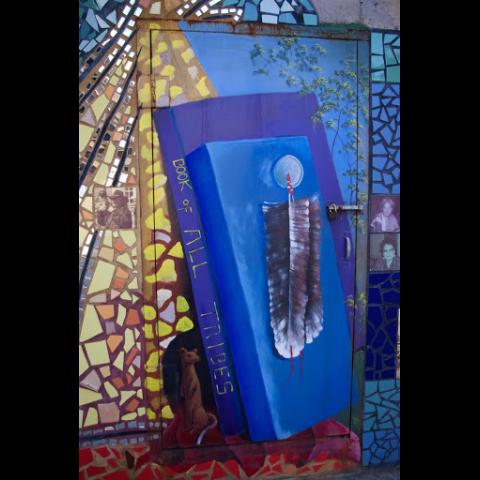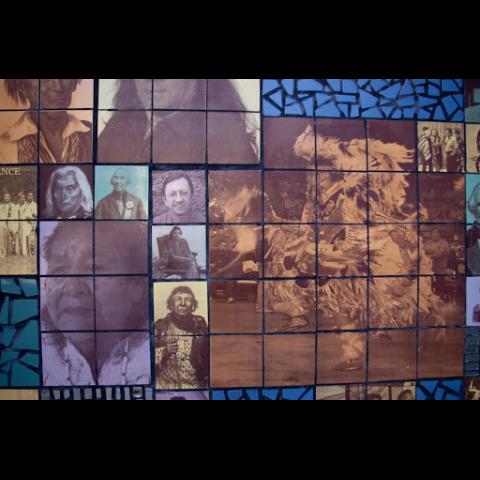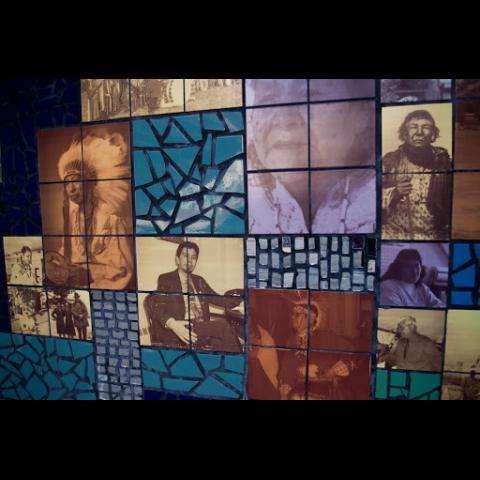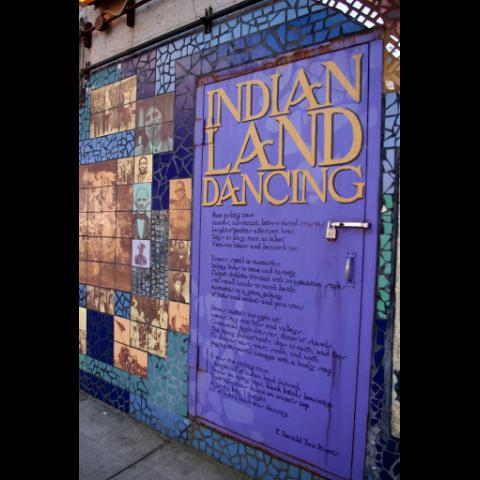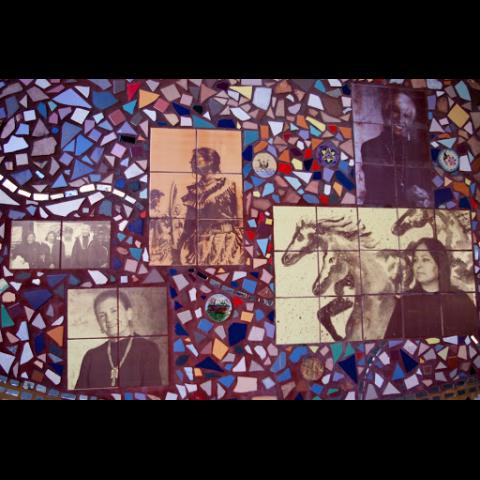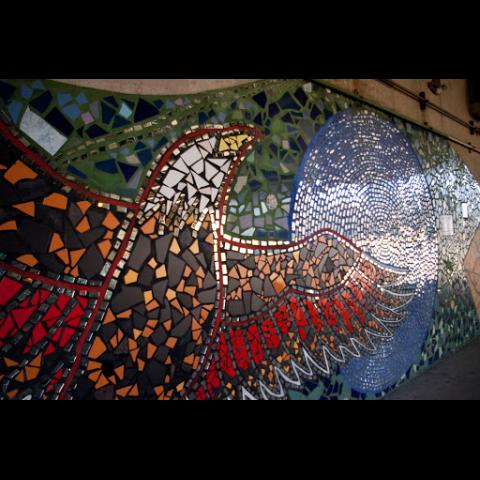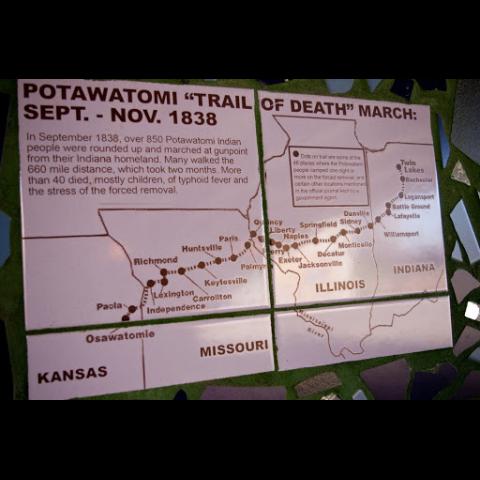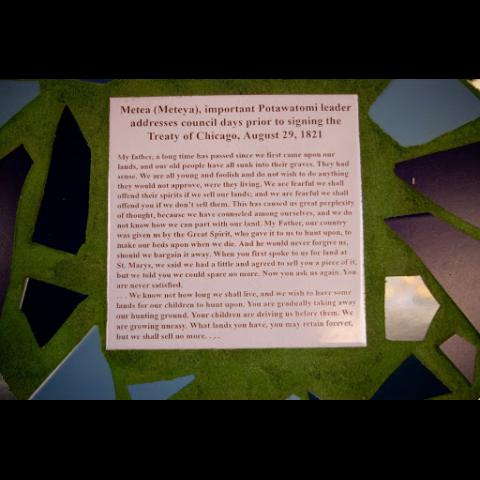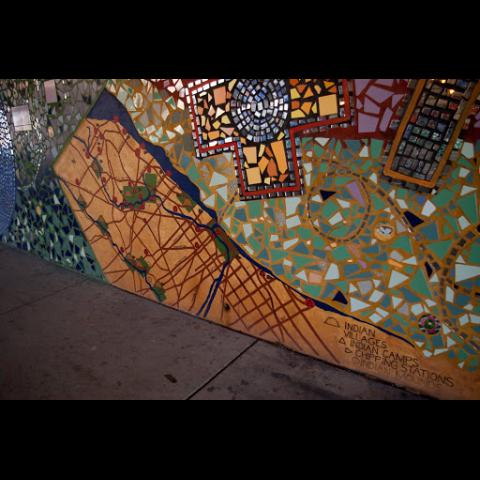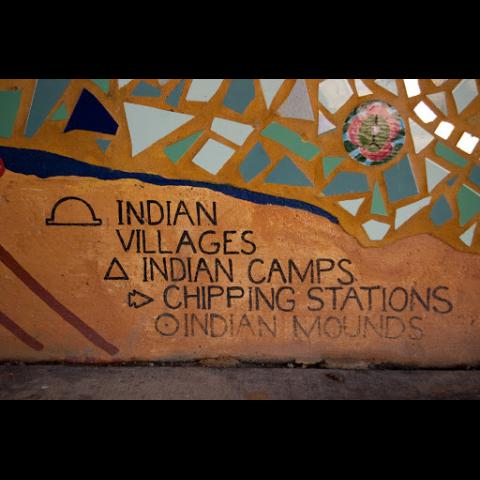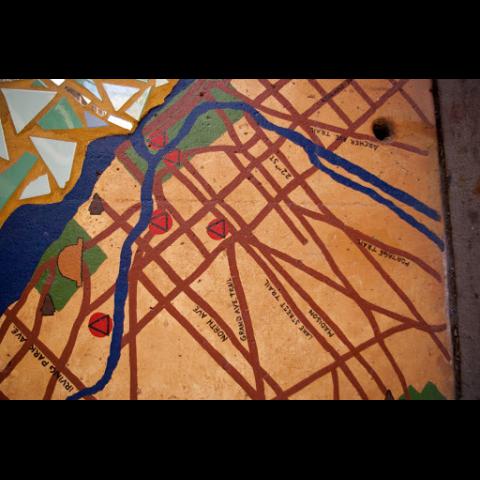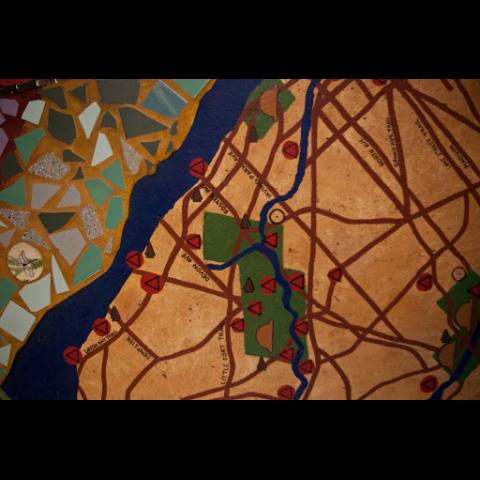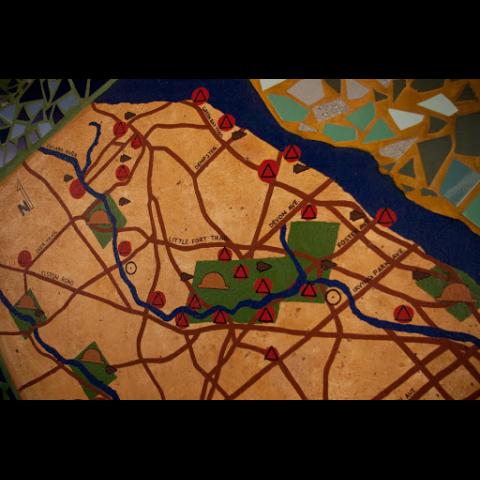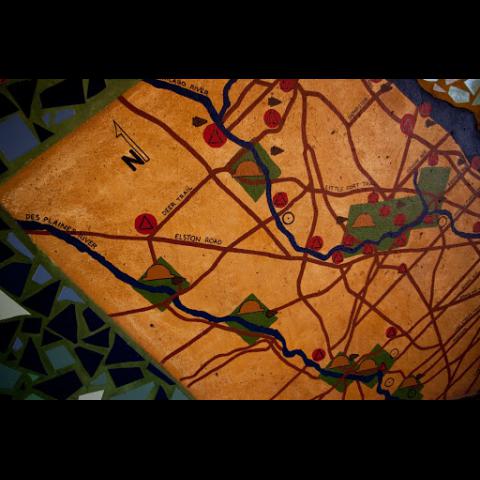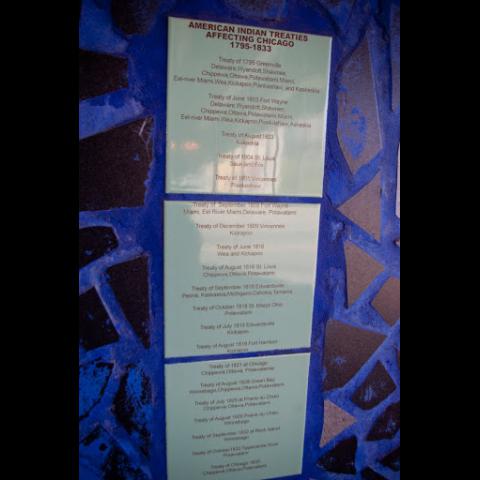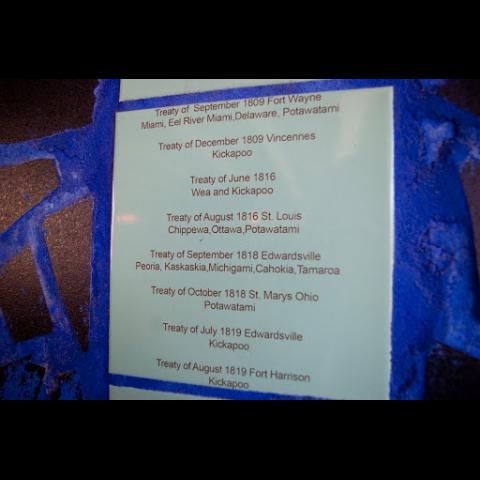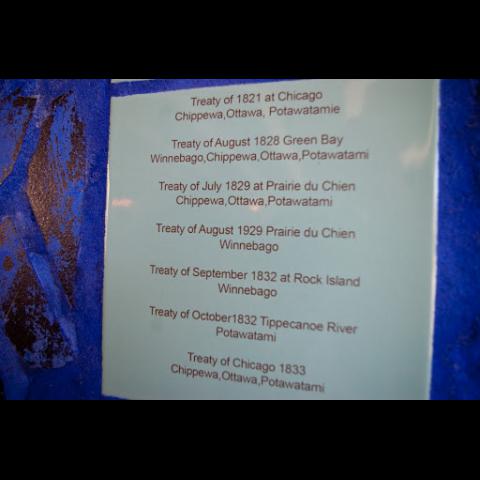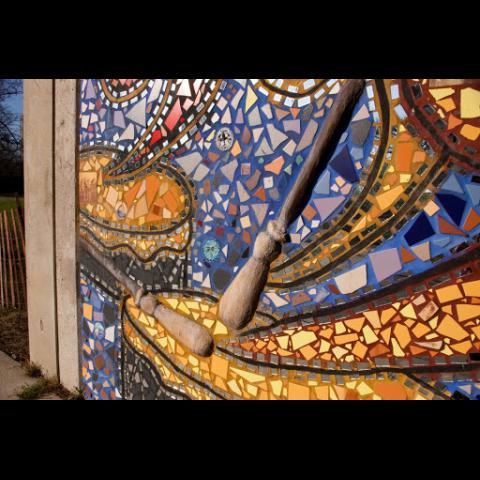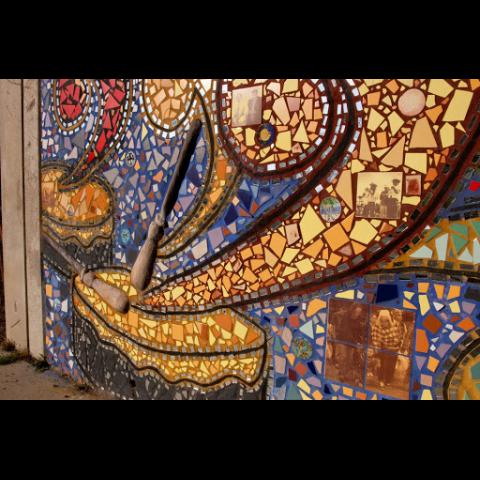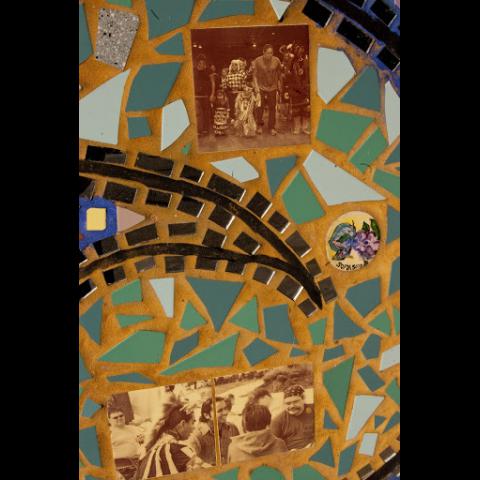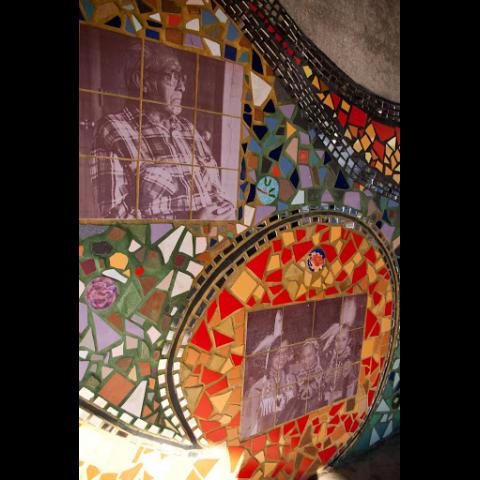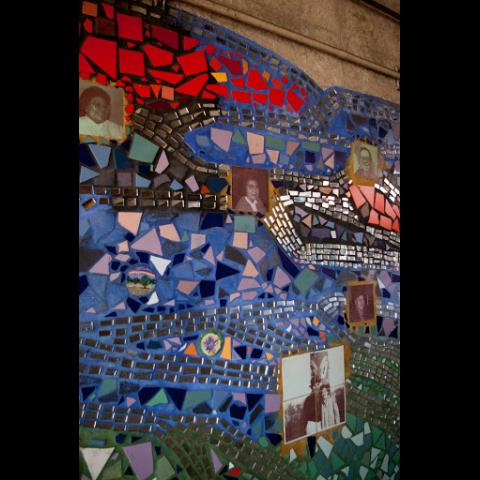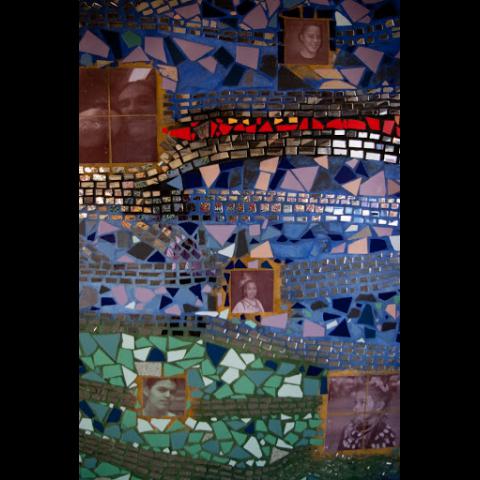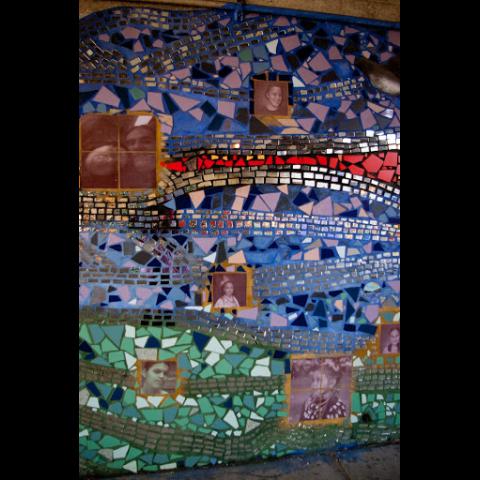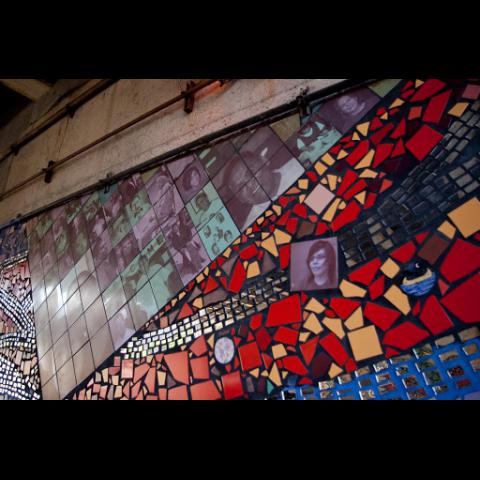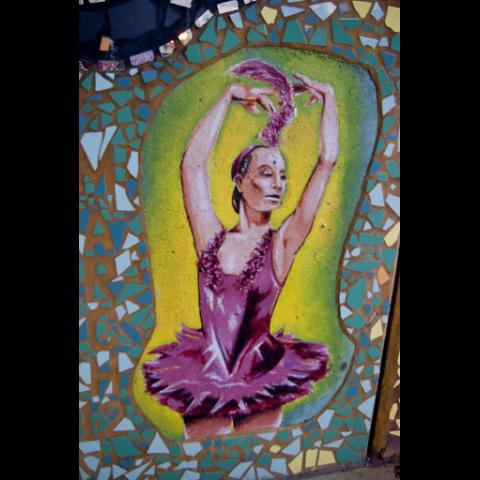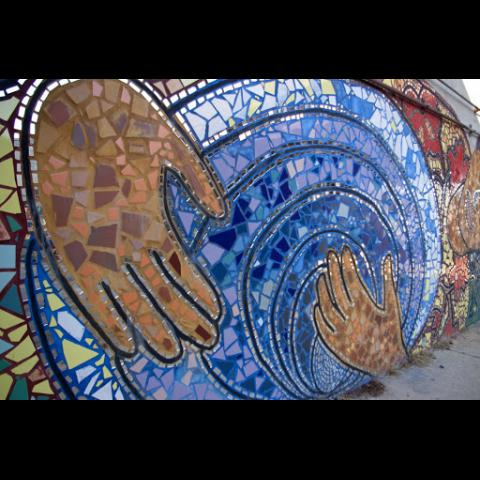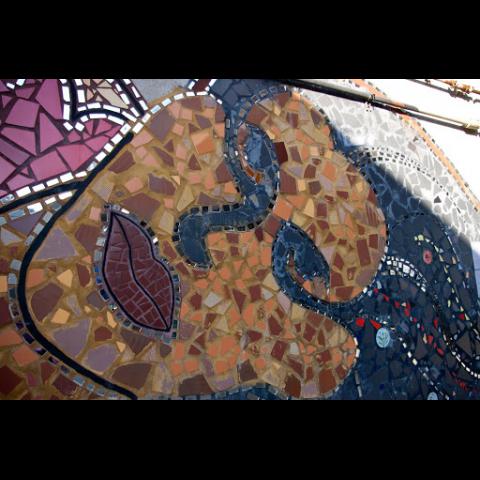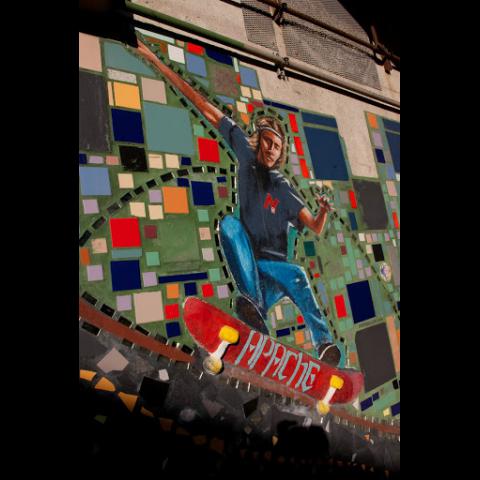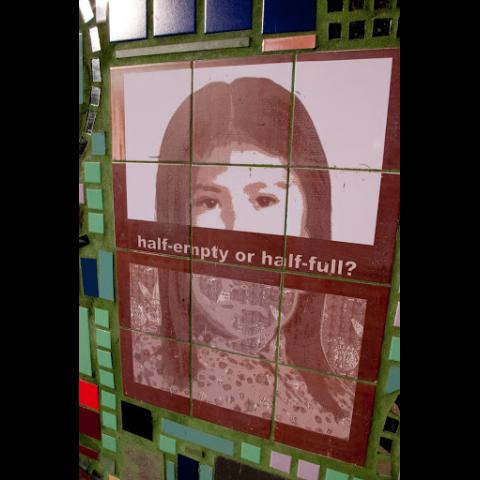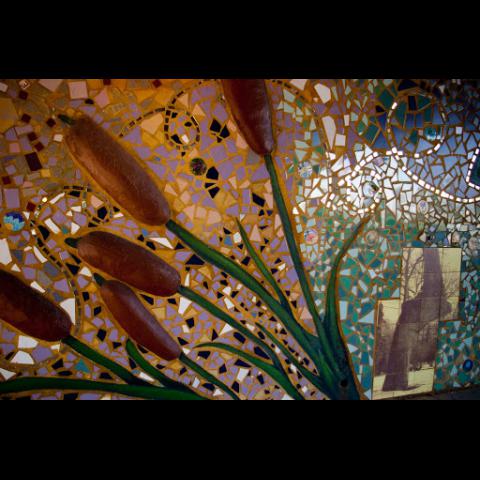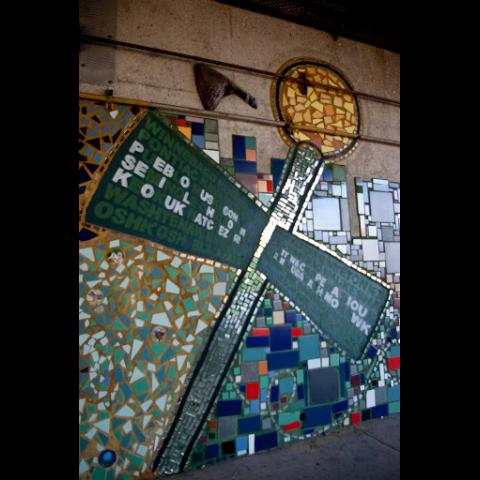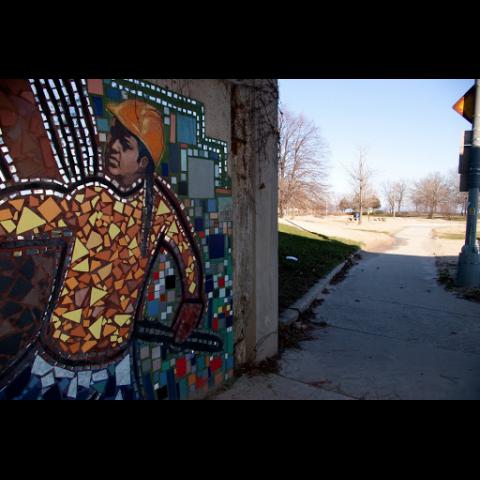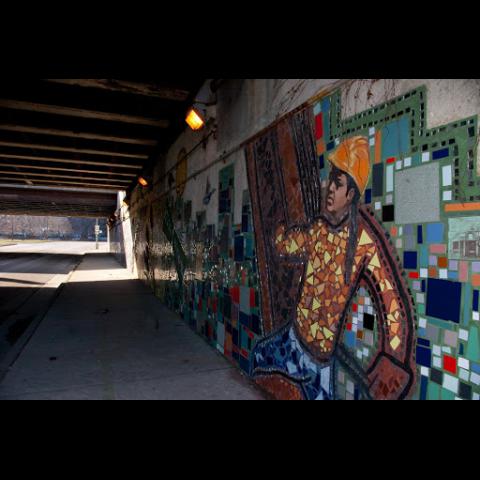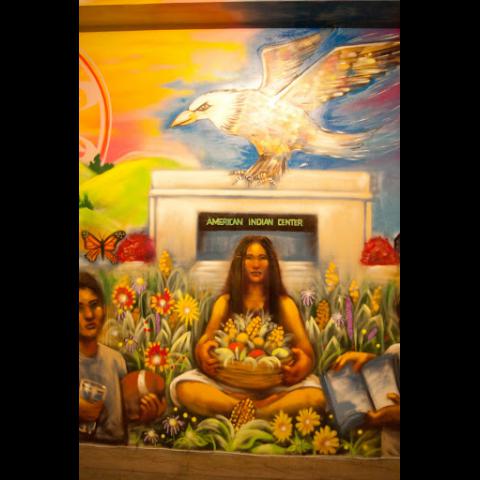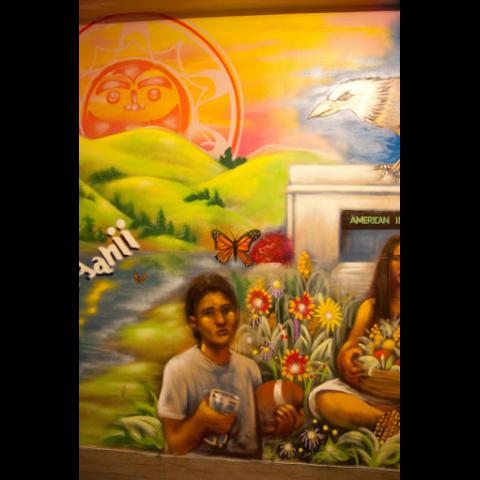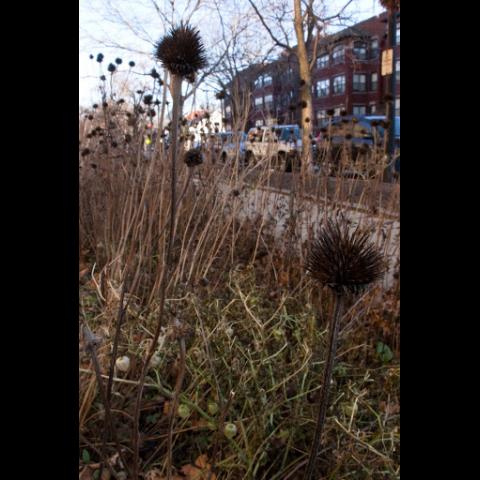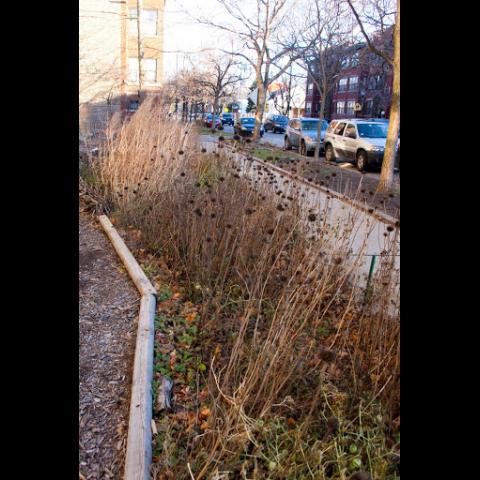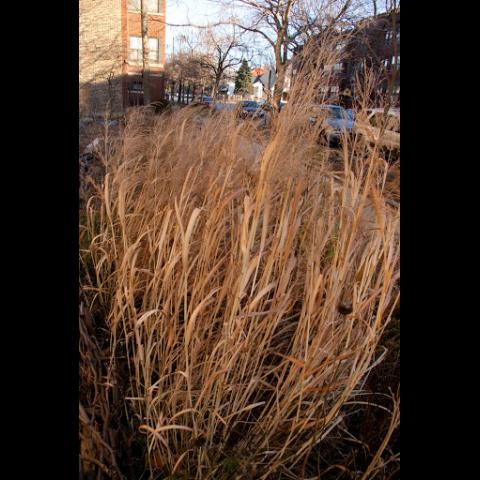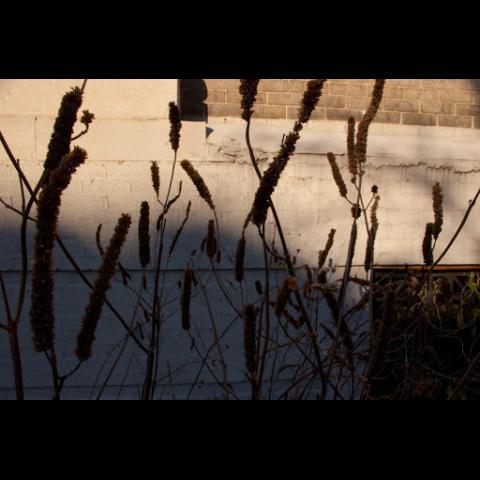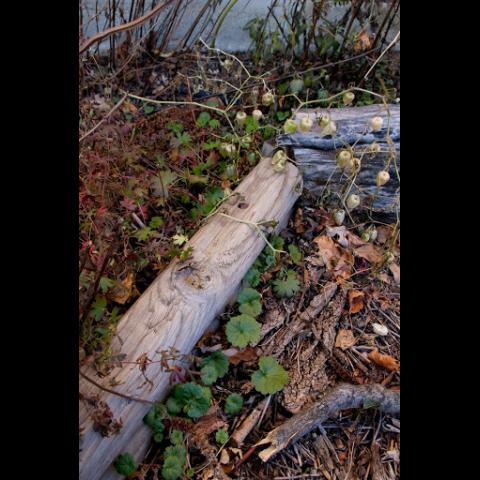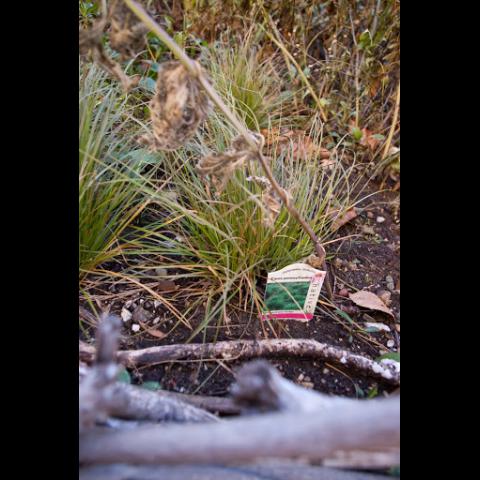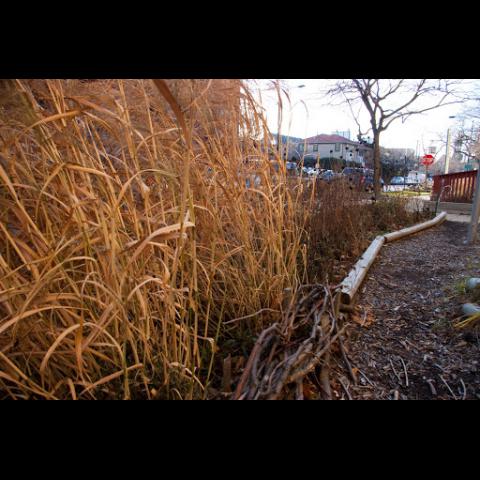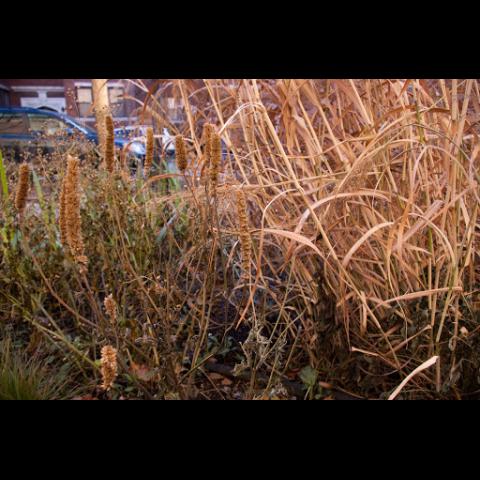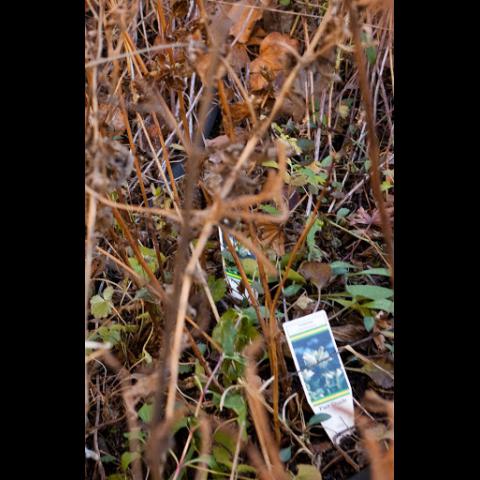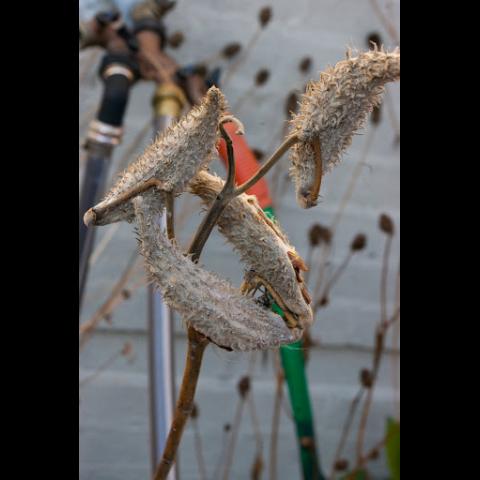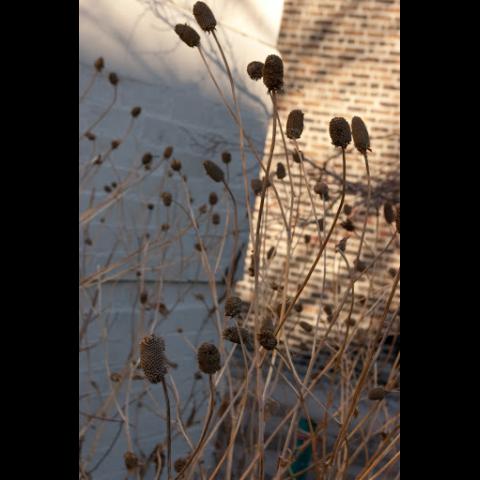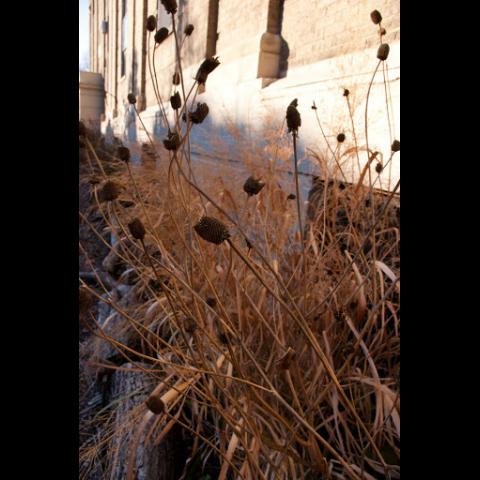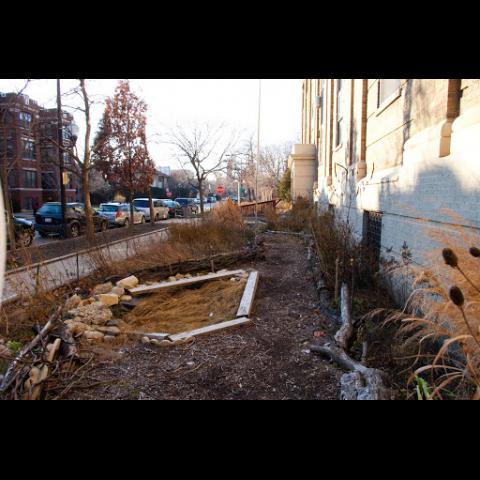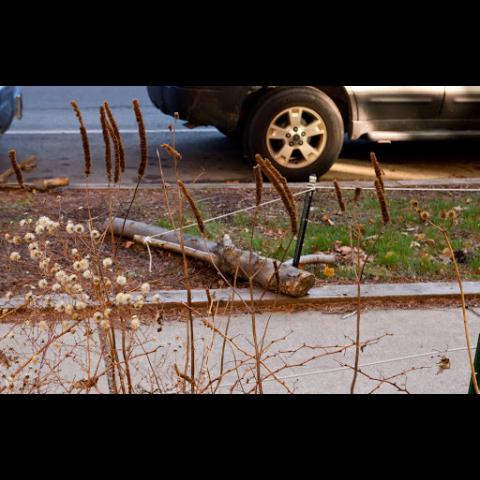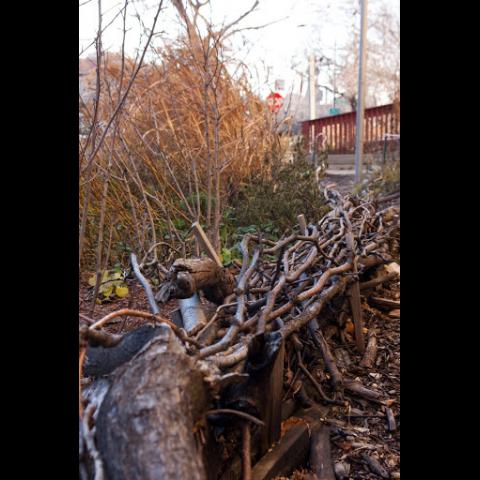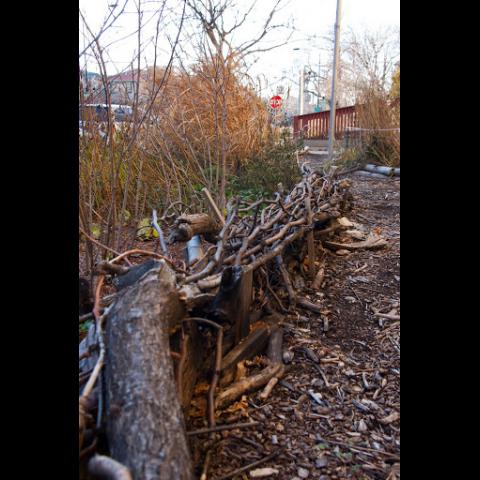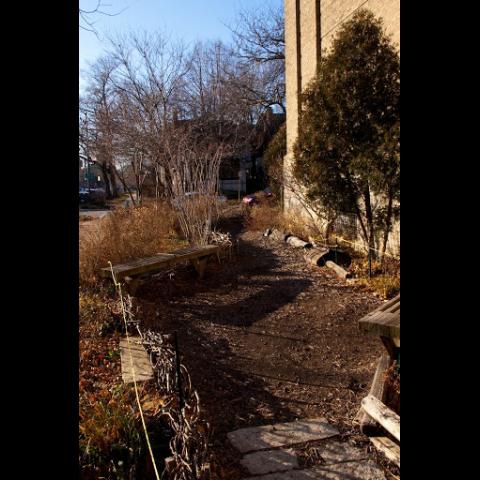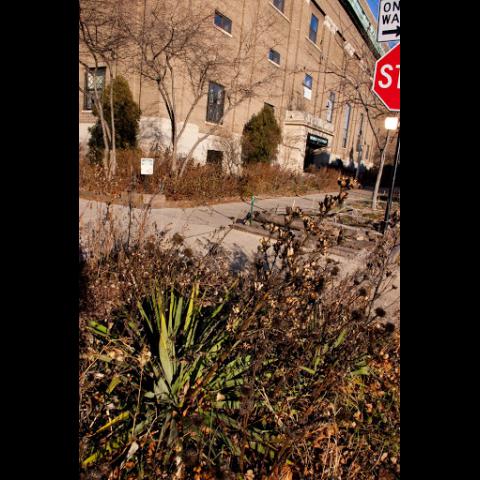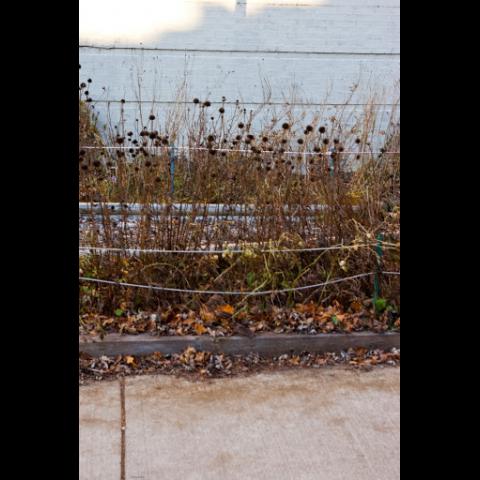Introduction
The American Indian Center is the oldest urban gathering place for American Indians in the United States. Founded in 1953, it strives to be a cultural and community resource for the over 65,000 Native Americans — from 147 tribes — who reside in the Chicagoland area, and the AIC works hard to foster physical and spiritual health in the community as well as an active connection with traditional values and practices — it has organized an annual Chicago-wide powwow for over 60 years! Previously located in Uptown, the American Indian Center moved to Albany Park in early 2017 to procure a building better fit to fulfill the community’s evolving needs. Among other things, this place serves as a meeting space, a place for powwows, and for delivering social services to community members.
Inside the main hall of its previous Uptown location, there were large murals depicting Native life, and flags of many Indian nations hanging from the rafters. The big kitchen is often in use, with meals served for powwows, social gatherings and when special visitors come. The images in the gallery below were collected when the AIC was still at its 1600 Wilson Boulevard location.
We were lucky enough to be given a tour of the American Indian Center’s new Albany Park location this summer and were shown the gardens and surrounding land used by the Native American community. Our guide explained that Native American identities and values are directly connected to the land and nature. By moving to Albany Park, the AIC has been able to start building relationships with the Chicago and National Parks Districts for several conservation projects. Right now, they are working with the Chicago Public Arts Groups to create a walking museum that stretches eight miles through Portage and Albany Park in order to make the rivers in that area more accessible. We did a small walking tour of the neighborhood surrounding the AIC and learned that the Native Americans who live in the area make use of the public land for traditional plants and healing. The AIC’s new location has a small garden plot, but most of the plants they use come from the riverbank, gardens in personal yards that are shared within the community, and even from trees and plants growing next to the sidewalk.
When showing us some of the traditional plants used, we were told that when collecting and harvesting from plants, one must take into account three things: the plant, animals, and yourself. For example, if a bush has three berries on it, you may only take one; one must be left so the plant can reproduce, and another must be left for animals. Some of the plants our guide showed us along the tour were sage, cedar trees, maple trees, corn, milkweed, tobacco, and juneberries. All of these have specific traditional and medicinal relevance to the Native American community in Albany Park. See the gallery below for some photos from our visit.
Placemaking in Albany Park
The process of placemaking at the American Indian Center is incredibly prevalent — the Native American community makes use of the surrounding neighborhood to grow and harvest traditional plants and herbal remedies. During our tour, the guide told us that Albany Park is starting to face gentrification on a larger scale, as it is being affected by the city’s transit-oriented development projects. Despite this, the AIC community continues to make use of the neighborhood’s natural resources, assert their rights to the land as Native Americans, and work to build relationships with city and governmental departments to bring attention to Chicago’s Native American communities.


